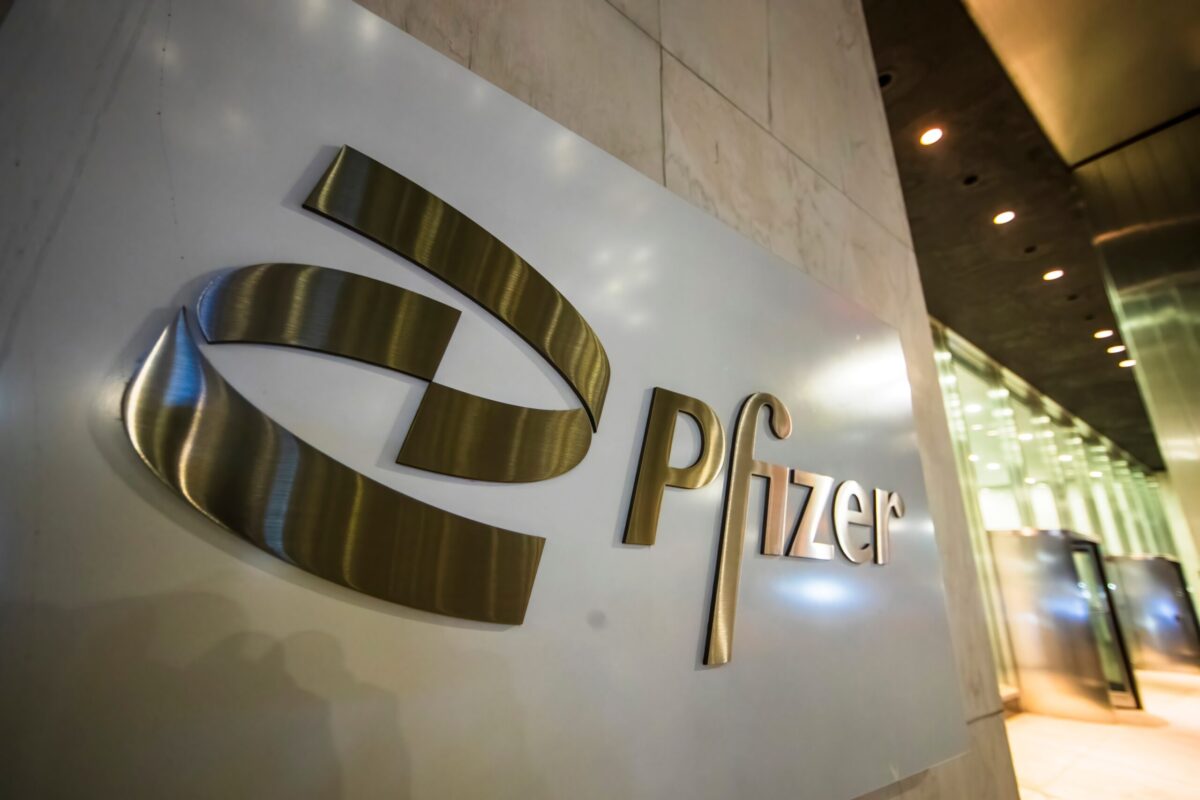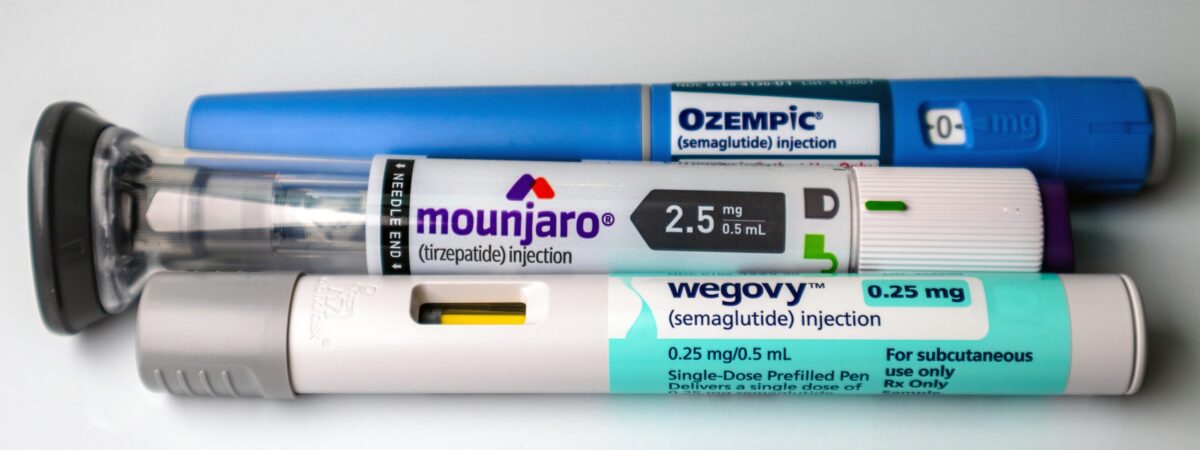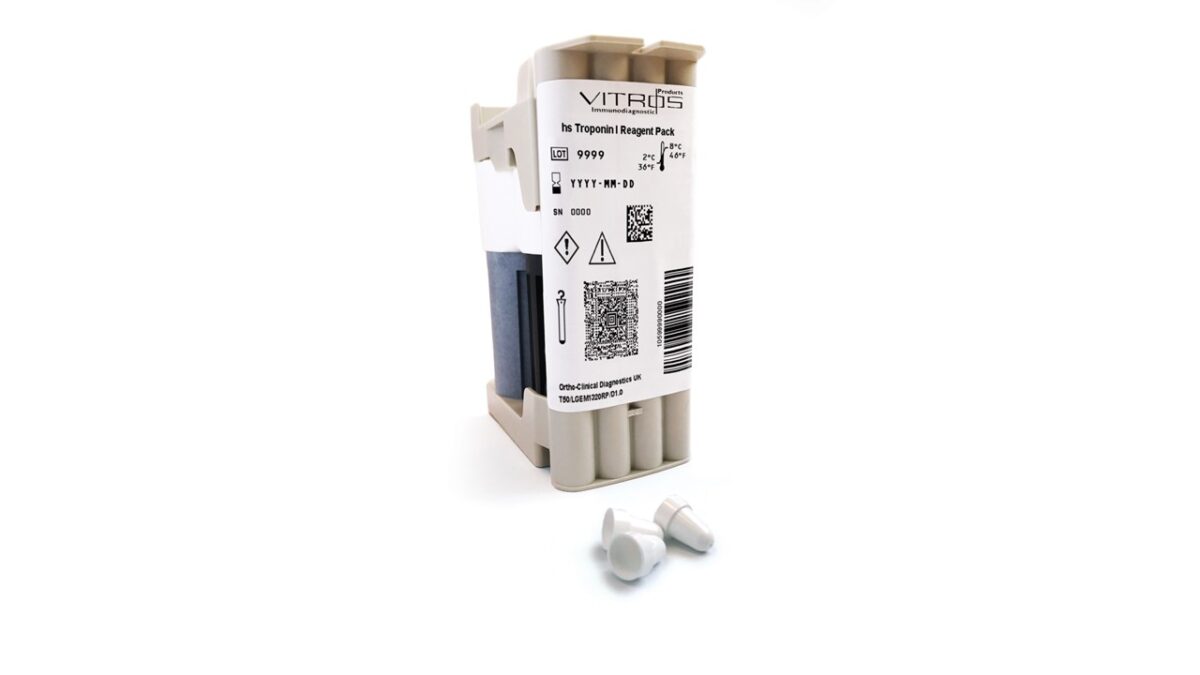Update (September 18, 2018): The House of Representatives have removed the amendment from a bill which would have required pharmaceutical marketers to include a drug’s list price in any DTC advertising. However, Health and Human Services Secretary Alex Azar could have the power to eventually put this rule into effect, with or without congressional support.
Originally published on August 27, 2018:
In an effort to improve transparency, US Senators Chuck Grassley, R-Iowa, and Dick Durbin, D-Ill., are pushing a measure which would give the Department of Health and Human Services (HHS) the power to require drugmakers to disclose the list price of their products in direct-to-consumer (DTC) adverting. The amendment – which was passed unanimously by the Senate last week – would give HHS a $1 million budget to enforce this proposed rule.
If approved by the House of Representatives, the measure will represent an actionable part of President Trump’s plan to address the price of prescription drugs in the US. However, since insurance coverage, rebates and other discounts mean few patients pay the list price for a drug, it’s unclear whether this change to DTC advertising would actually help patients afford their medication.
And the pricing gets even more complicated when it comes drugs for which dosing is based on a patient’s weight. For instance, will ads for Bristol-Myers Squibb’s cancer drug Opdivo be required to list its average $13,100 cost, despite the fact that the price will vary from patient to patient?
But for proponents of the rule, disclosing a drug’s list price in DTC advertising is all about transparency, and is an important part of the Trump Administration’s drug pricing blueprint.
“We have FDA and CMS working to examine how to require drug companies to post their list prices in direct-to-consumer advertising. When patients hear about a wonderful new drug, they should know whether it costs $100 or $50,000,” said HHS Secretary Alex Azar.
PhRMA, the pharmaceutical industry’s trade organization, is predictably against the measure, which could see drugmakers who make products with similar indications publicly competing to advertise the most effective drug at the best price. This is arguably one of the primary drivers behind the proposed measure as the requirement to advertise a drug’s list price could prompt pharmaceutical companies to rethink unwarranted price hikes.
“Disclosing list prices in DTC ads would not benefit patients as they are often not the prices insurers pay and are generally not a good indicator of what patients will pay at the pharmacy counter,” a PhRMA spokesperson told BioPharma Dive.
DTC drug advertising is, in itself, a controversial topic, with many questioning why the US and New Zealand are the only countries the world that permit this form of prescription drug marking. But there’s no denying that DTC advertising is big business, with drugmakers spending an estimated $6 billion on drug ads in 2017. A large chunk of this budget has historically been dedicated to TV advertising, however recent research suggests that digital ads may be a better investment for pharma companies in the future.












Join or login to leave a comment
JOIN LOGIN